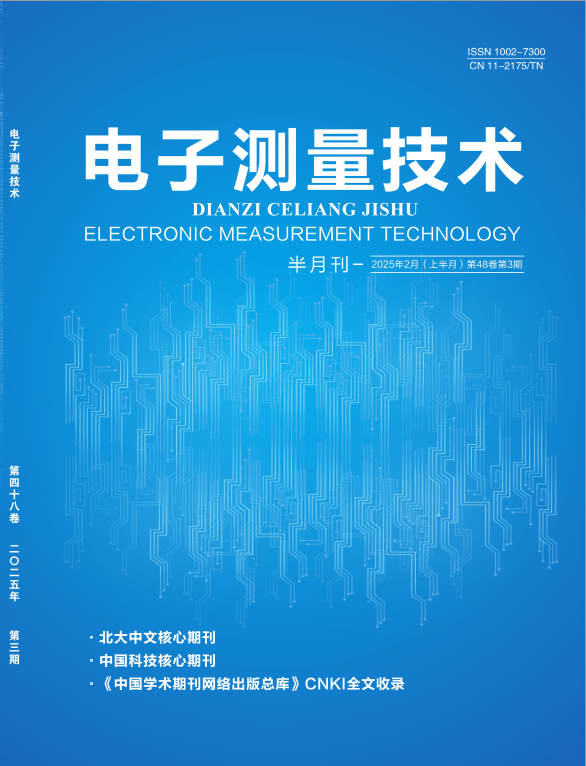2023, 46(22):153-159.
Abstract:Acoustic detection technology has gradually become a key means of underwater target detection. Due to factors such as underwater hydrological environmental noise and equipment accuracy, sonar images inevitably have problems such as low resolution, low contrast, and blurred target edges, which are not conducive to subsequent target detection and recognition. In this paper, we propose an improved denoising algorithm that combines adaptive guided filtering (AGF) with three-dimensional block matching (BM3D). This algorithm uses the BM3D algorithm to suppress gaussian and speckle noise in the image for initial denoising; then, the AGF algorithm is used for secondary filtering of the image. At the same time, by introducing the improved edge detection Canny operator, we optimize the guided filter by adaptively adjusting the size of the regularization parameter to retain more image details and edge features. The combination of the two algorithms not only optimizes the shortcomings of the BM3D denoising performance but also effectively retains the edge features of the image. Experimental results show that the proposed algorithm not only has good suppression effects on speckle noise and Gaussian noise in sonar images but also improves the peak signal-to-noise ratio (PSNR), mean square error (MSE), and structural similarity(SSIM) index by 10%, 15%, and 15%, respectively, compared to other traditional algorithms.
